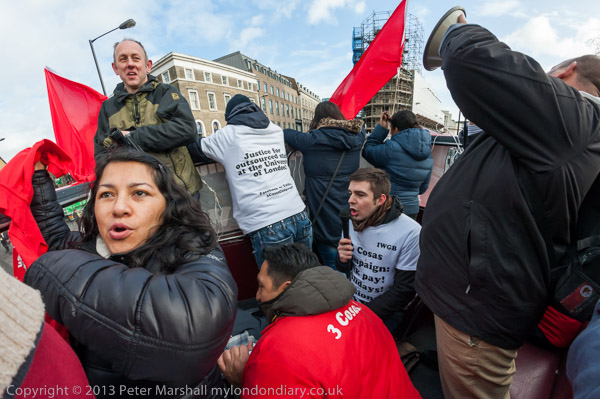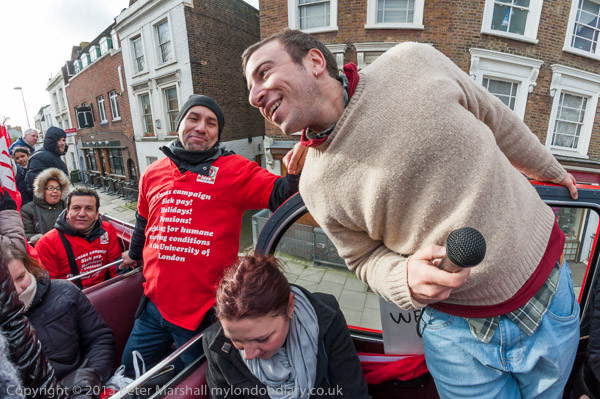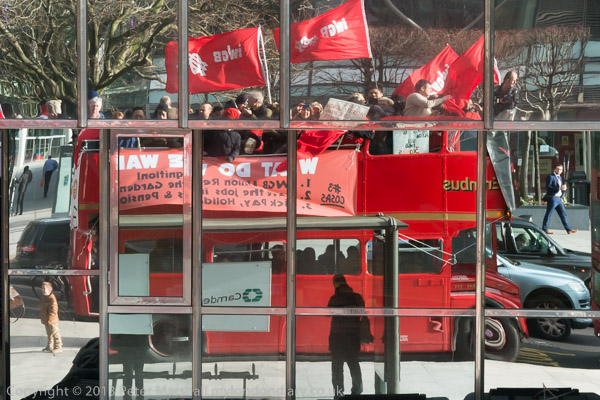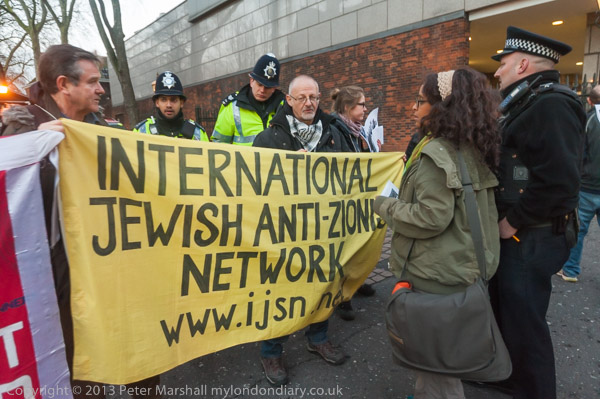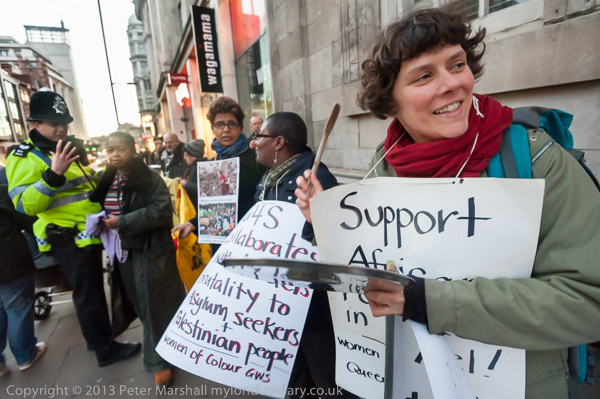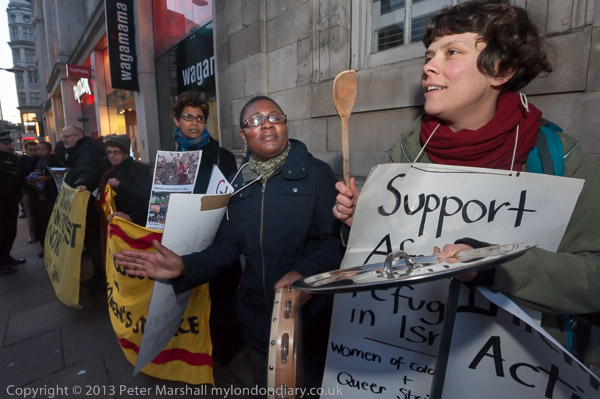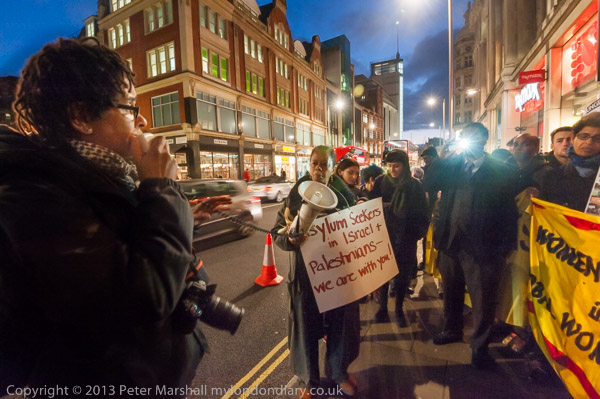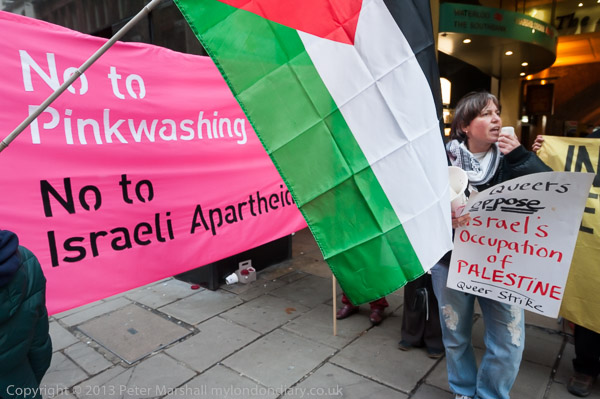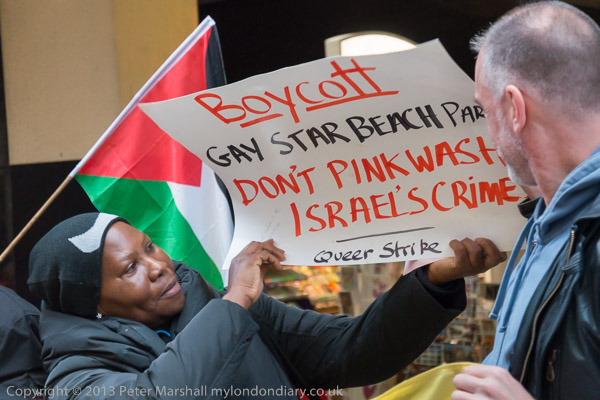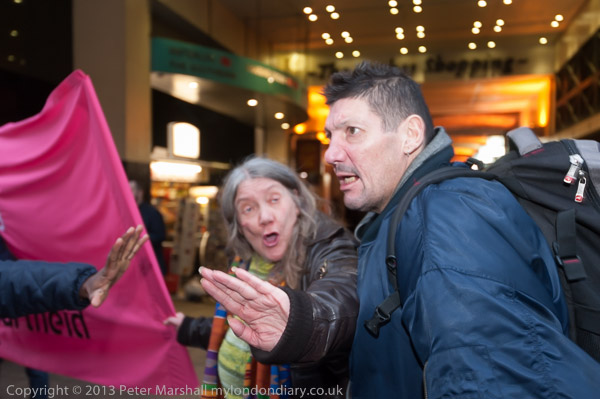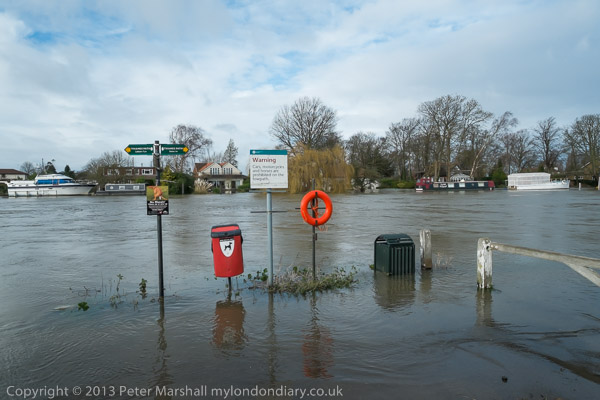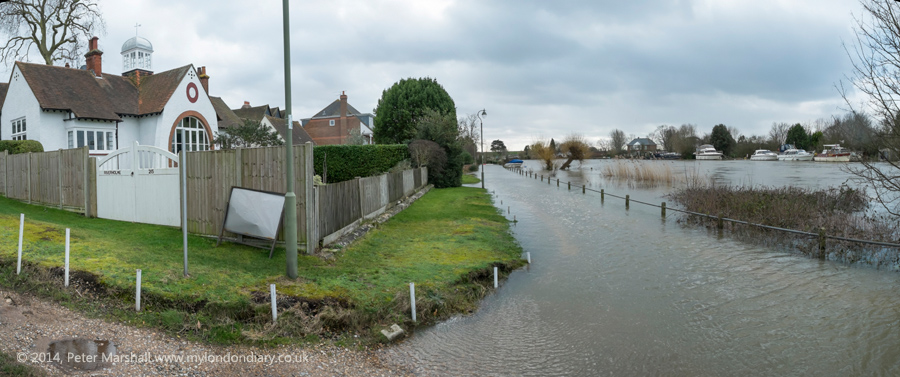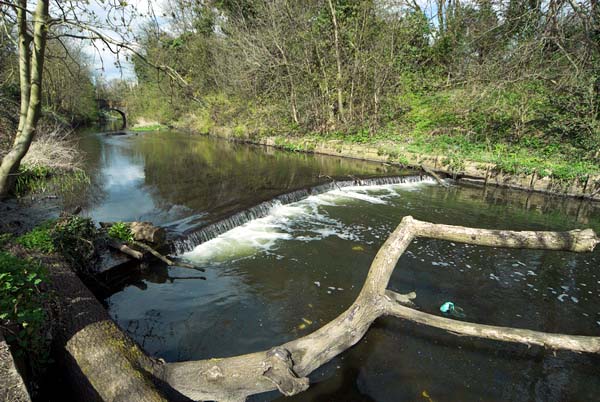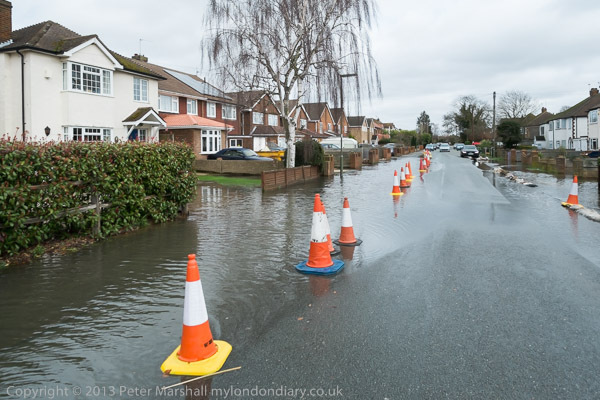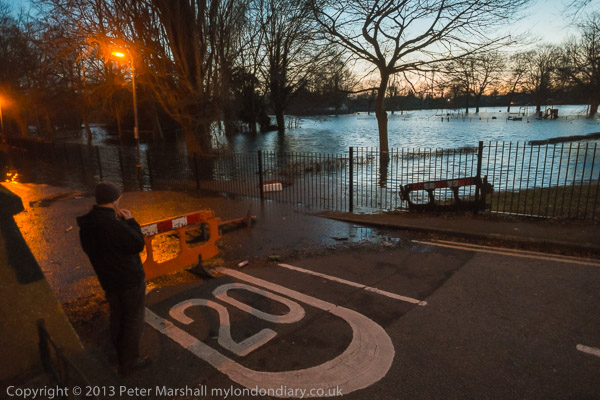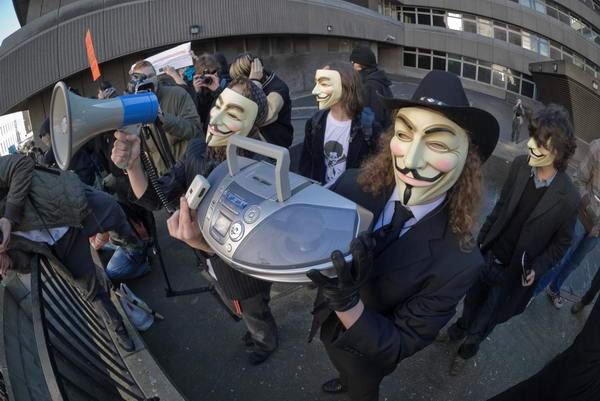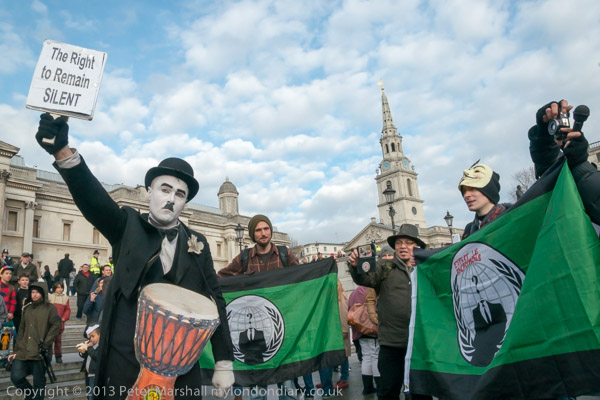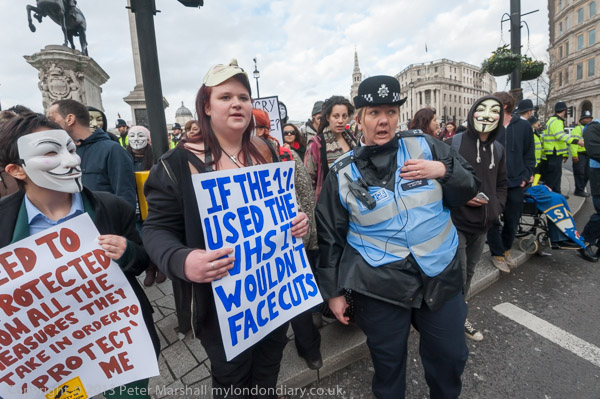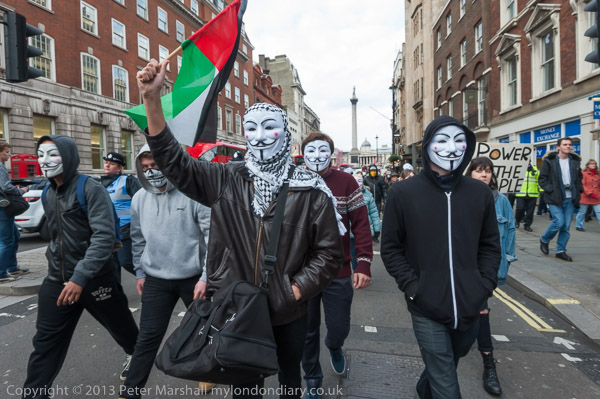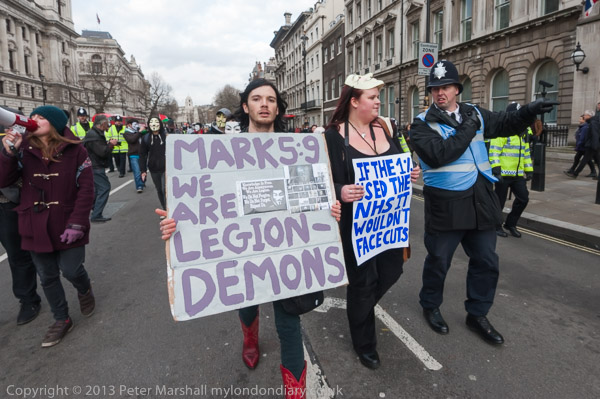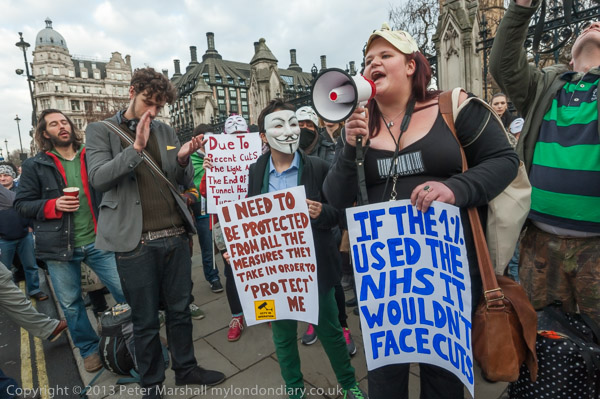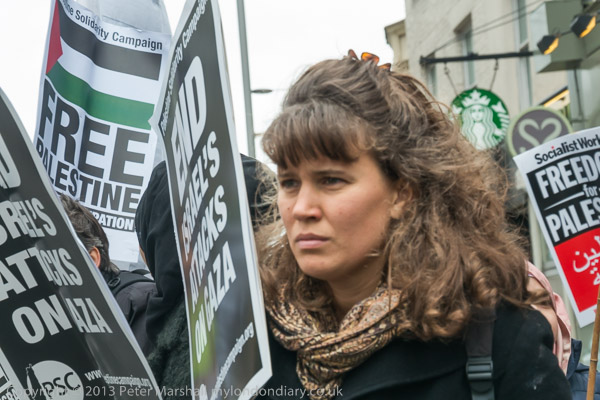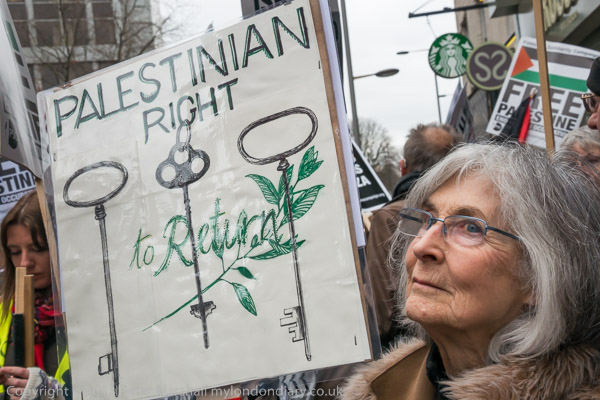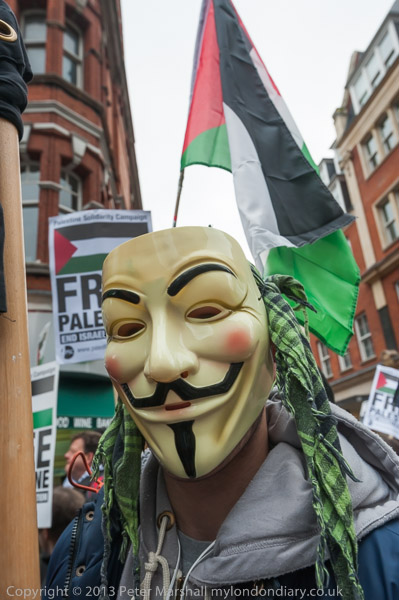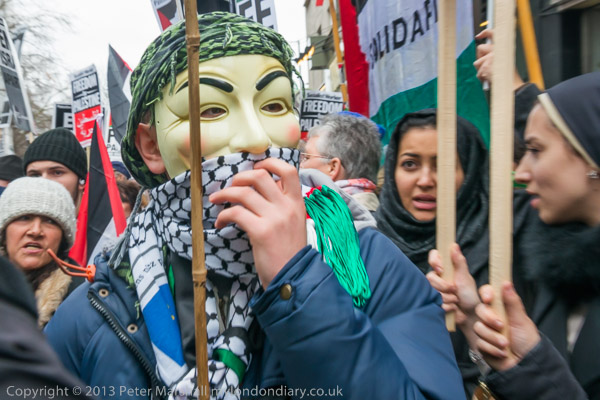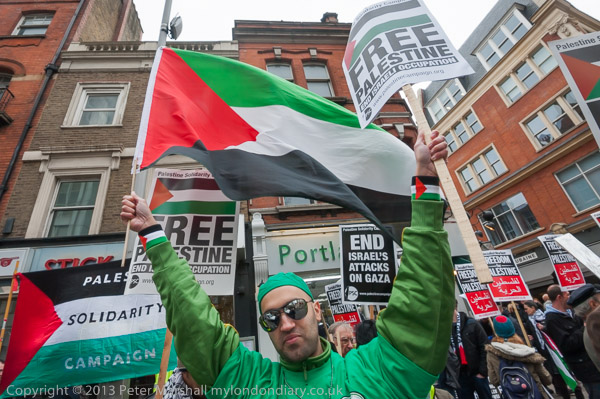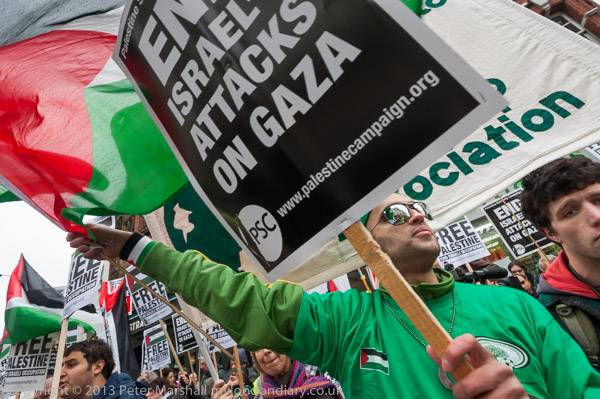As I started saying in my previous post, I’m not in favour of contests and awards. I very rarely enter my photographs in for any competitions, though I have occasionally submitted portfolios for some festivals etc in recent years. But essentially I don’t feel most awards are appropriate for a medium like ours. There is a post I rather like by Paul Melcher on his Thoughts of a Bohemian blog, Photojournalism is not a competition that I think expresses why not rather well:
“It is not a function of photography to be better than another. Photojournalists do not go covering events thinking ” I have to beat that image Nachtwey took last week”. Photography, and photojournalism, is not a competition. So why would the resulting images be ?”
and of course the whole post is worth reading, though I don’t think his conclusion about judging is entirely sensible.
Of course some contests are largely money-making enterprises, hoping to attract large numbers of submissions, each with an entry fee. They lucky winner may get something worthwhile as a prize, but the real aim of the competition is simply to enrich the gallery or organisation running it. So one of my rules is never to enter anything that asks for what seems a nominal entry fee clearly designed to do nothing more than cover the actual costs of handling an entry. Where submission is digital, these should be very low indeed.
Other competitions are simply a cheap way of getting to use images, with companies making excessive rights grabs as a condition of entry. Always read the small print carefully!
But most of the well-known competitions in photography are genuine and well-run, or at least so I though until I read the post World Press Photo: great pics and the usual incest by duckrabbit (a blog that often has something of interest.)
This years WPP Picture of the year (you can see the results for 2014 contest announced a few days ago here) was an image by John Stanmeyer, a founder and shareholder of the limited company VII photo. It’s actually rather an interesting picture in several ways (though perhaps it would not have been my choice as overall winner), but what raises some doubts is that the chair of the jury that chose it, Gary Knight, is a fellow founder and shareholder of the limited company VII photo.
It’s worth reading what duckrabbit has to say about the obvious conflict of interest and the apparent lack of any process at WPP for dealing with such conflicts, but it is perhaps even more interesting to read the comments on the article, one of which gives another example of such conflict which is perhaps more open to challenge.
There is also a link to an interesting piece of research, which can be downloaded in full from Erasmus University, Rotterdam, Awards, Archives, and Affects: Tropes in the World Press Photo Contest 2009 – 2011, by Zarzycka, M. (Marta) and Kleppe, M. (Martijn)
Last summer in Edinburgh, someone suggested I might like to go and see the World Press Photo exhibition there as a part of the festival, and my immediate response was “I’ve seen it already.” I knew I hadn’t actually seen this actual show (it was coming to London in November) but simply that every year I get this feeling of déjà vu as I walk around the panels. Although there is always much fine photography, it is never a show I would go out of my way to see, and certainly not one I’d pay an entry fee for. More one I look at because it is in a handy place when I’ve a half hour to kill.
John Macpherson, who gave the link to the paper by Zarzycka & Kleppe also suggests the need for a complete rethink of the judging process, bringing in “more ‘ordinary’ people – ie actual consumers of WPP imagery, rather than those select few creators of such imagery.” I have reservations about this, as I think that at least in some respects photographers are the best judges of photographs, but clearly a wider range of expertise would be useful.
Perhaps too there would be merit in excluding from the judging process completely those involved in organisations which submit images to the competition, and at least a recognition that any on the judging panel should have no involvement in the process when they have any conflict of interest. It isn’t enough to say as Paul Melcher does, that “It’s just a very small community” and there is nothing we can do about them. It is unlikely that WPP will take up his suggestion of becoming ‘World Press Magazine’ instead of Award, and even were it to do so it would still need proper mechanisms to guard against it being seen as, for example,’VII World Press Magazine.’ Changes and a sensible approach to conflicts of interest are in everyone’s interest.
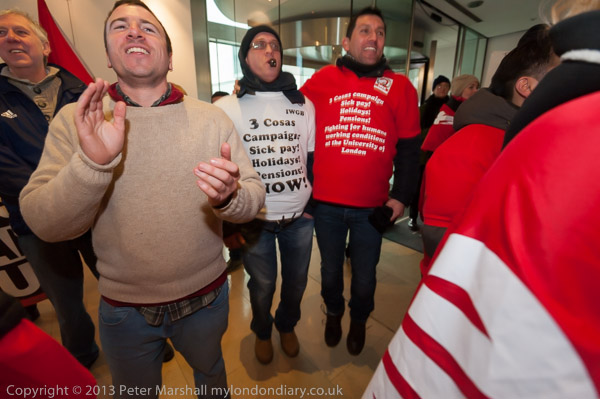 .IWGB protesters inside the Royal Opera House foyer
.IWGB protesters inside the Royal Opera House foyer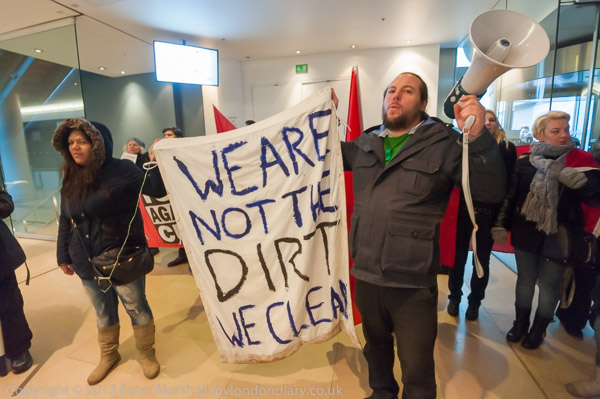
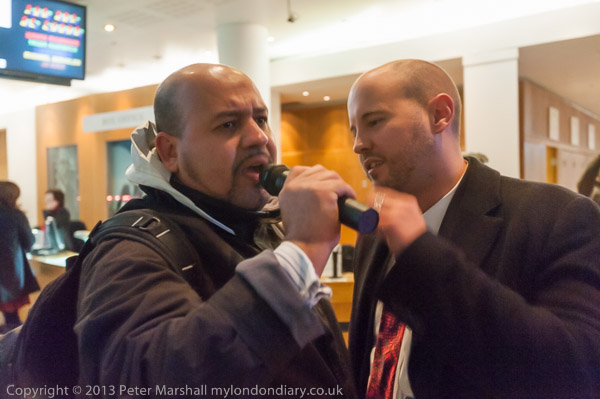
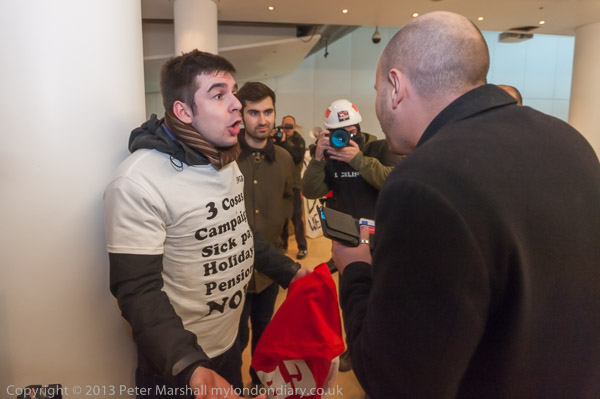
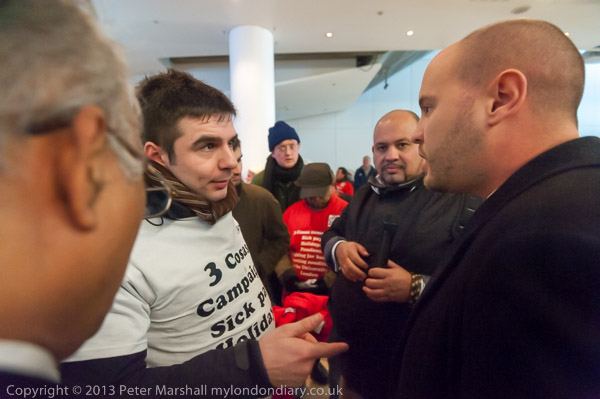
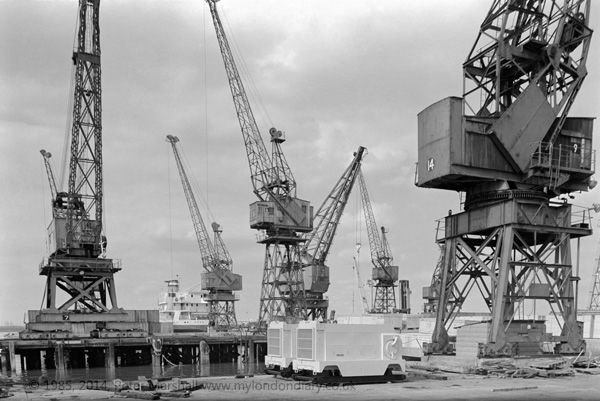
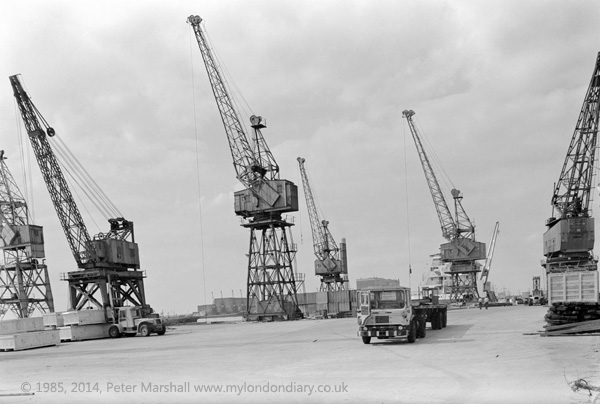
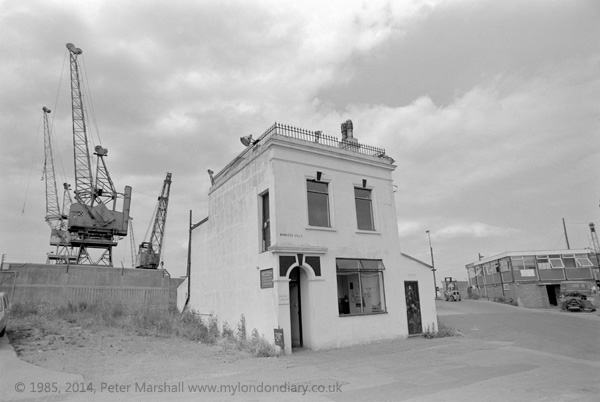
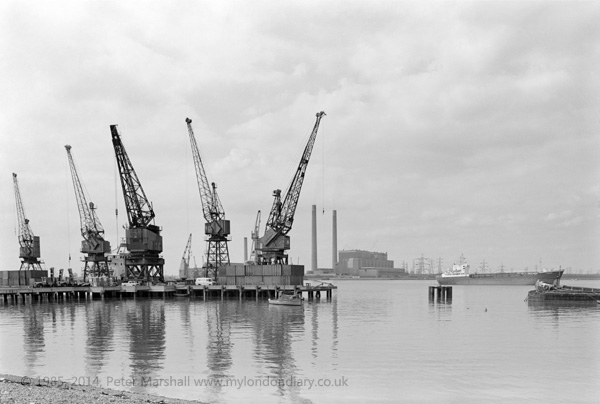
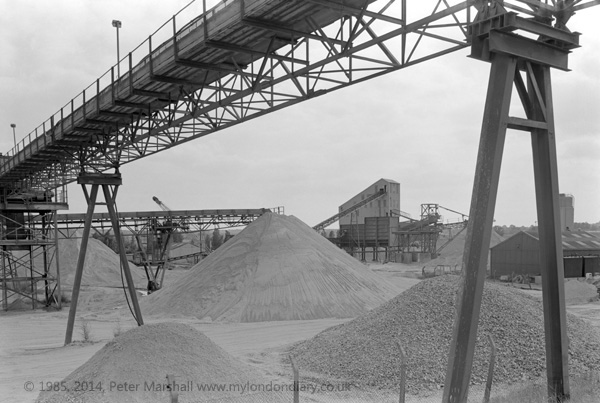
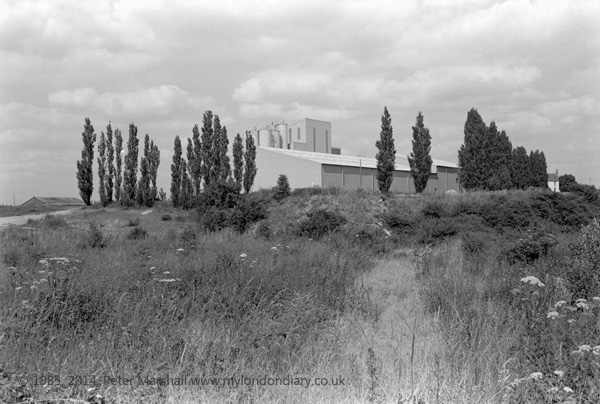
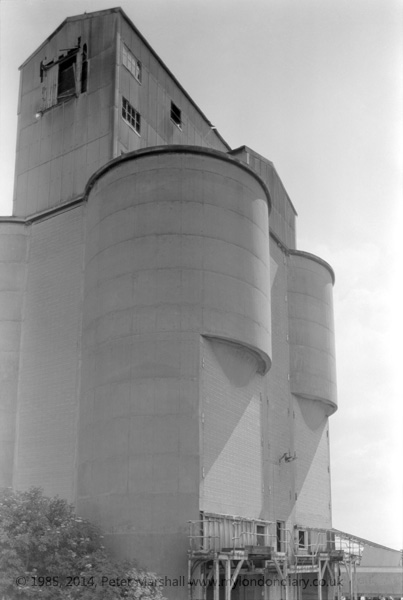
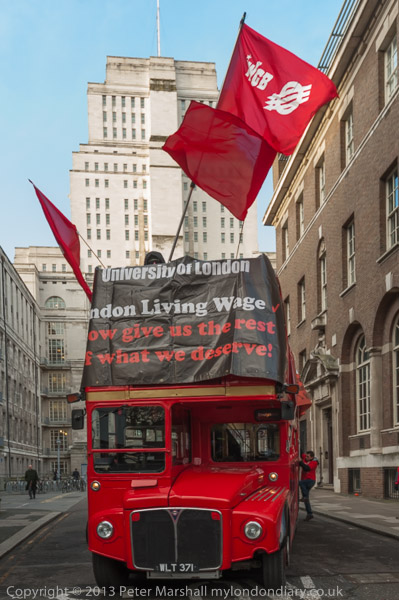
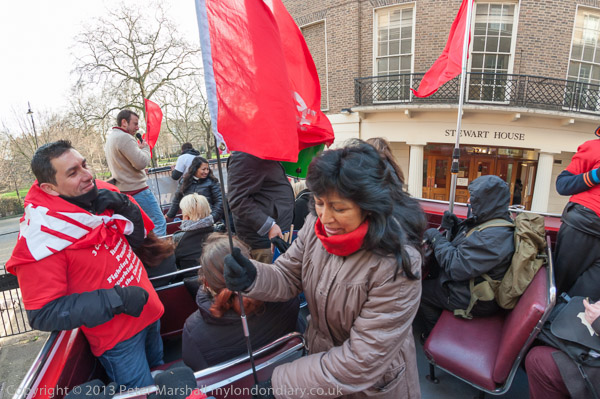
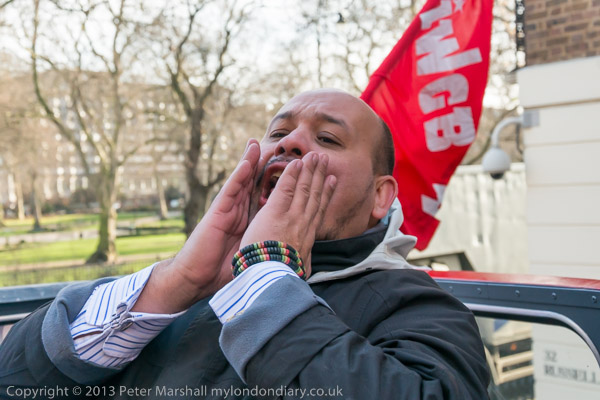
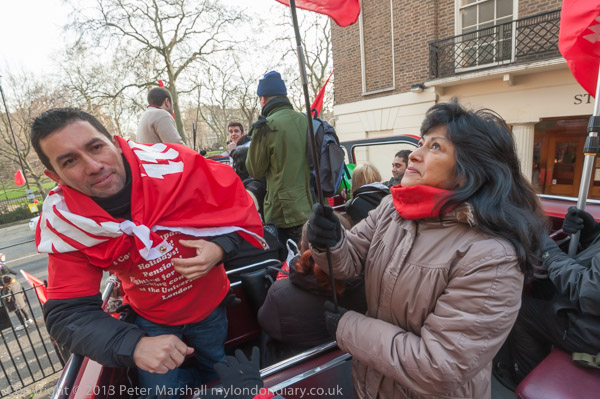 16mm rectilinear view – 16-35 f4 Nikon zoom. 1/160 f6.3 ISO 800
16mm rectilinear view – 16-35 f4 Nikon zoom. 1/160 f6.3 ISO 800